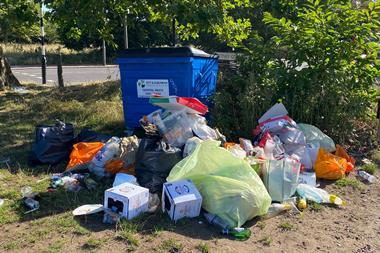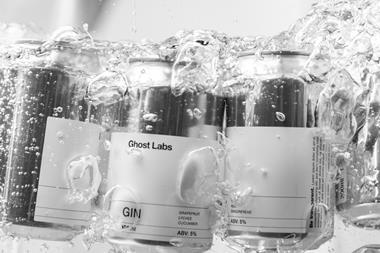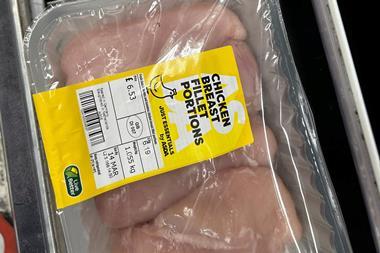This year is expected to be a big one for Spanish wine following a rise in sales and record numbers of attendees at this year's Wine from Spain Trade Fair.
Sales of Spanish white wine soared 25% in 2009, outperforming the overall white wine market, which grew only 3% [Nielsen 52w/e 26 December].
This, and a 53% hike in sales of Spanish rosé, suggested the country was no longer polarised between expensive Riojas and cheap table reds, claimed Lindsay Talas, buying director for importer Thierry's.
"I think Spain will make a comeback as some of the New World may struggle with exchange rates and smaller harvests," she added.
This month's Spanish wine fair in London attracted 150 more attendees than usual and "people were trading like never before", said Wines from Spain director Maria José Sevilla.
Spanish wine had the potential to grow a lot bigger, agreed James Griswood, product development manager for wine at Tesco. "Rioja has dominated the market, but two of our six new additions to the Finest range are other Spanish reds a Tempranillo and Garnacha. There is potential to take consumers beyond Rioja."
Sevilla conceded the exchange rate between the pound and Euro was a challenge, but was encouraged by last year's sales. Spain has upped investment in its vineyards over the past few years and had the quantity and diversity to compete on value, she added.
"The quality to price ratio has got better and is the best of any country," said Christine Sandys, trading manager for wine at Musgrave. "Spain can step in now where others are unable to do such good value."
A change to winemaking regulations in June will mean international white varieties can be planted in Rioja for the first time, which creates further sales opportunities for winemakers. Pernod Ricard's Campo Viejo business, for example, will take advantage of the ruling with new Verdejo and Tempranillo Blanco plantings.
Sevilla added the heavy rain that has hit the winegrowing heartland of Andalucia was not predicted to harm wine exports.
Sales of Spanish white wine soared 25% in 2009, outperforming the overall white wine market, which grew only 3% [Nielsen 52w/e 26 December].
This, and a 53% hike in sales of Spanish rosé, suggested the country was no longer polarised between expensive Riojas and cheap table reds, claimed Lindsay Talas, buying director for importer Thierry's.
"I think Spain will make a comeback as some of the New World may struggle with exchange rates and smaller harvests," she added.
This month's Spanish wine fair in London attracted 150 more attendees than usual and "people were trading like never before", said Wines from Spain director Maria José Sevilla.
Spanish wine had the potential to grow a lot bigger, agreed James Griswood, product development manager for wine at Tesco. "Rioja has dominated the market, but two of our six new additions to the Finest range are other Spanish reds a Tempranillo and Garnacha. There is potential to take consumers beyond Rioja."
Sevilla conceded the exchange rate between the pound and Euro was a challenge, but was encouraged by last year's sales. Spain has upped investment in its vineyards over the past few years and had the quantity and diversity to compete on value, she added.
"The quality to price ratio has got better and is the best of any country," said Christine Sandys, trading manager for wine at Musgrave. "Spain can step in now where others are unable to do such good value."
A change to winemaking regulations in June will mean international white varieties can be planted in Rioja for the first time, which creates further sales opportunities for winemakers. Pernod Ricard's Campo Viejo business, for example, will take advantage of the ruling with new Verdejo and Tempranillo Blanco plantings.
Sevilla added the heavy rain that has hit the winegrowing heartland of Andalucia was not predicted to harm wine exports.


















No comments yet